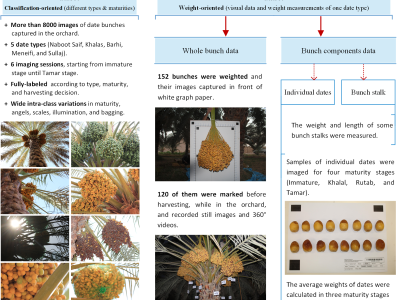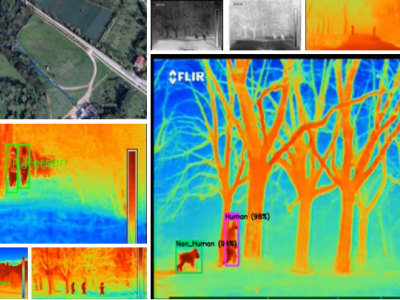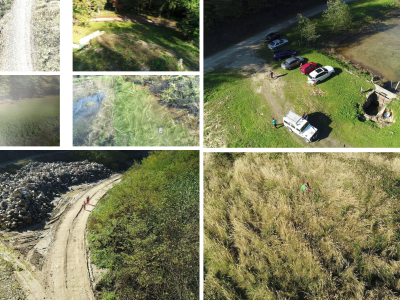WLAN Localization by SVD Noise-reduction and Convolutional Neural Networks

- Citation Author(s):
- Submitted by:
- Kun Lee
- Last updated:
- DOI:
- 10.21227/6j1c-te38
 424 views
424 views
- Categories:
Abstract
Deep learning belongs to the scope of artificial intelligence, which has attracted researchers all over the world. The CNN is one the most popular techniques of deep learning. In this paper, the WLAN (wireless local area network) localization is given by SVD (singular value decomposition) noise-reduction and CNN (convolutional neural network). This study focuses on the range-free localization by WLAN (wireless local area network) RSSI (received signal strength indication).Like the fingerprinting, the procedures are divided into off-line training and on-line predicting stages. In the off-line training, a signal map with array structure is established by capturing the RSSI ofdifferent reference locations, different APs (access points) and different time moments.The signal map data are first processed by the SVD (singular value decomposition) noise-reduction technique to filter the randomly fluctuating components. Next, an CNN is trained by the clean signal map data. Each output node of the CNN represents the probability that a signal vector occurs at the corresponding reference location. In the on-line predicting stage, instantaneous RSSI is recorded at an unknown location. The trained CNN can predict where is the unknown location. This is the first study that applies both the SVD noise-reduction and CNN to wireless localization.
Instructions:
Our dataset is comprised of a large number of files, so we package them into a ZIP file, which is "program+data_20180914.zip".
The data set contains the pargrams (Python) and data for our submitted paper "WLAN Localization by SVD Noise-reduction and Convolutional Neural Networks". There are four folders (directories), which are fig7_program, fig8_program, fig9_program, and fig10_program. Each folder (directory) has a text file "readme.txt" to instruct one how to use these programs and data.







